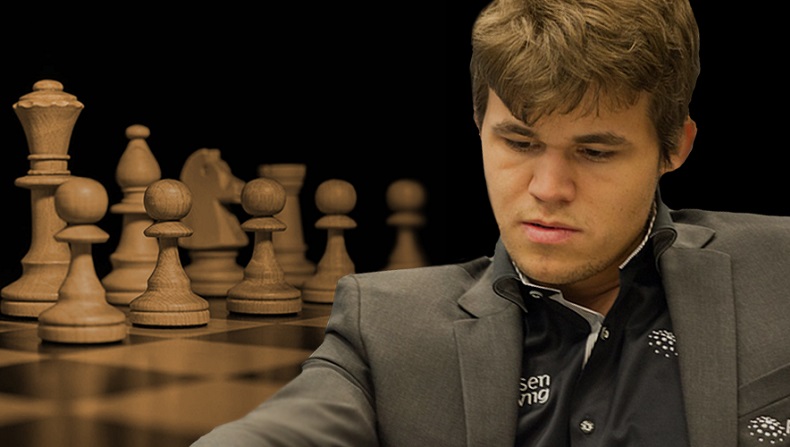
The position seen below is from the last tiebreak game of the 2016 World Chess Championship match in New York City. The defending World Champion, Magnus Carlsen, holding White, simply had to find a draw to retain his title against the Challenger Sergey Karjakin. Instead, he sealed the victory with a dramatic move. If you play chess and haven’t seen the move, I will not spoil it here. You can find the final position, as well as all of the other Championship games, here.

As a chess player and enthusiast, I can attest to the utter joy of playing such a brilliant move in any game. While most of my games are simple five minute games after work, if I had played this brilliant move in any of my games, I would definitely remember it. I imagine that the feeling of playing this move is similar to sinking the perfect shot on the 18th hole or shooting the buzzer beater on the basketball court. But, watching this move by Carlsen in the final rapid tie-breaker game of the tournament, for me, was like watching Michael Jordan score the game winning jumper in Game 7 of the 1998 NBA Championship. It was by far the most exciting chess game I have ever seen.
But how did Carlsen even get to this move?
To give some background: Before the tiebreaker, the reigning champion and challenger had played 12 grueling “long games” over 21 days. The first seven games ended in draws; Karjakin claimed victory in the 8th game; Carlsen claimed victory in the 10th game; and the other games ended in draws. The outcomes of the 12 classical games set the stage for the rapid-game playoff day of four games.
Given the weight of what was at stake and what it took to get to this point, I can imagine Carlsen simply focusing on winning the World Championship and not worrying about whether it would be dull or exciting. Karjakin, with Black, opened with the fighting Sicilian Defense but was never able to establish an edge. Carlsen quickly took advantage. Carlsen’s second to last move was the Rook to the back rank, 49.Rc8+. This left his defenses open. Not only did Carlsen apparently see the brilliant combination, but the continuation after a possible 49…Bf8. It’s actually a forced mate in 8 moves. Whatever his motivation, I’m glad Carlsen decided to make his mark in the annals of chess. This game and this move will make the “highlight reel” for years to come.
Whether you want to learn or already play, the US Chess Federation webpage is a great resource to find a game in your local area.
(Photo of Magnus Carlsen, above, by Intel Free Press, used under CC BY-SA 2.0 / resized from original)




Subscribe Now
Get each new post sent straight to your inbox